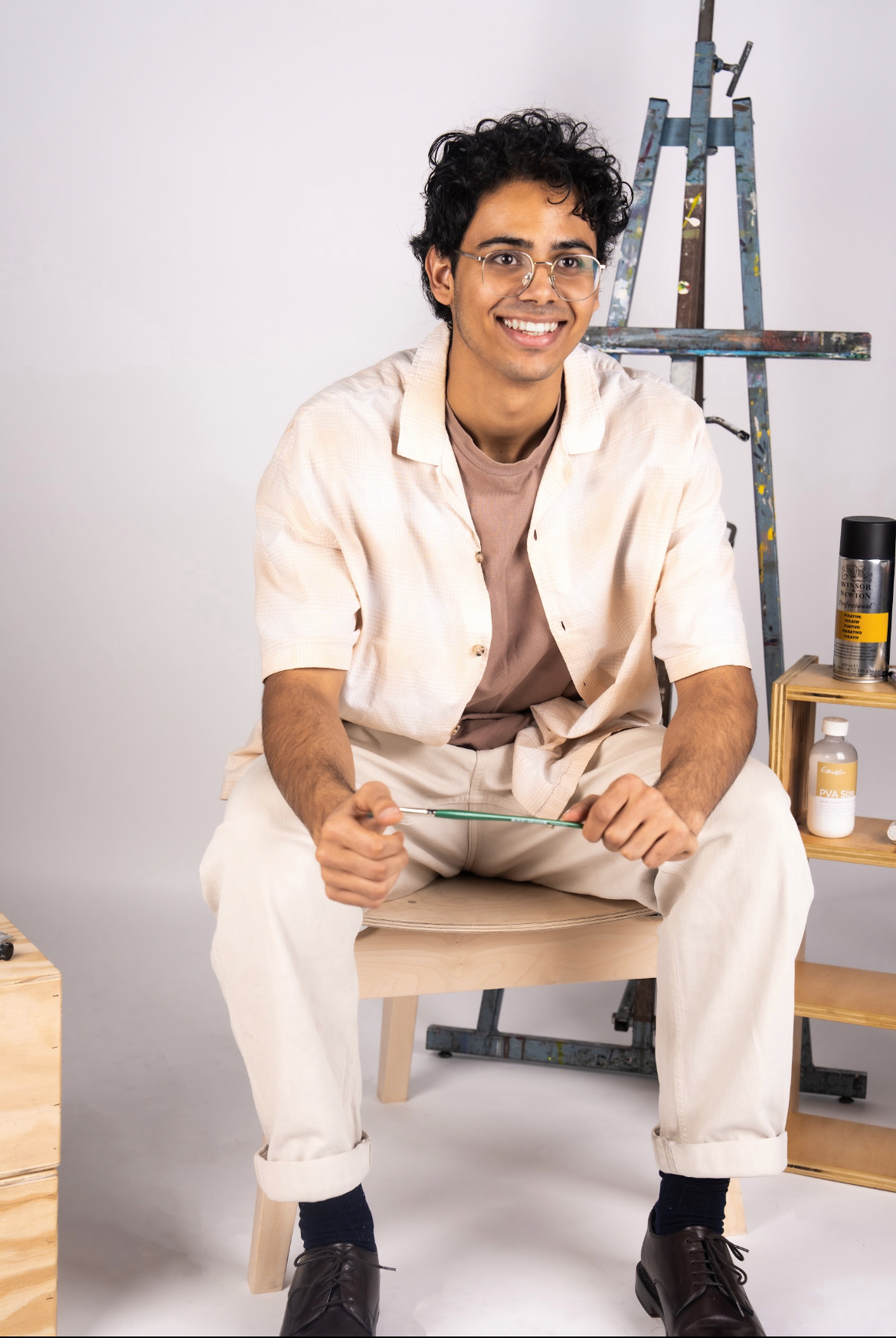Saddqa Bahidrah, BArch ’27, has a gift for bringing people together. As he approached Ramadan during his first year at Pratt, he realized that many of his Muslim friends missed their families and he wanted to make them feel at home. So, as former president of Pratt’s Muslim Student Association, he planned a series of Ramadan events, including movie screenings and art workshops, that led up to a final Ramadan potluck celebration in the Rose Garden.
“We had a picnic style setup and people brought so much food,” he said. “The sun was setting and we were all breaking our fast—we had lights and lanterns and great vibes. That’s when it clicked for me that we’re really doing this, we’re really bringing the community together.”
For the potluck, Bahidrah brought his mom’s famous Date Cake—a cherished (and secret) recipe he’s been sharing with friends for years. In high school, while enrolled in a culinary arts program under the guidance of his mentors Chef Diana Woodward and Chef Polly Brown, he developed his kitchen skills and, in the process, realized the role food can play in building community.
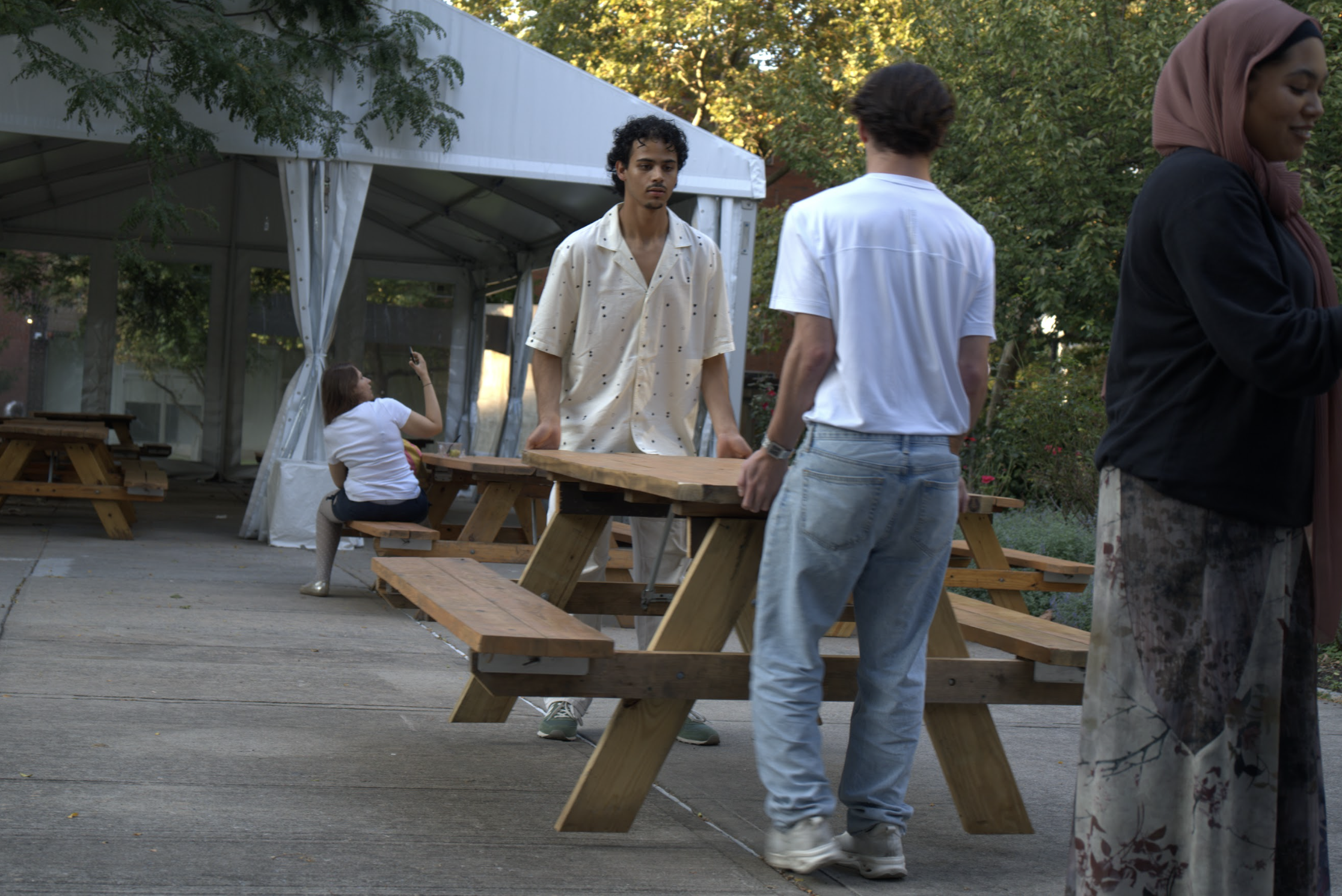
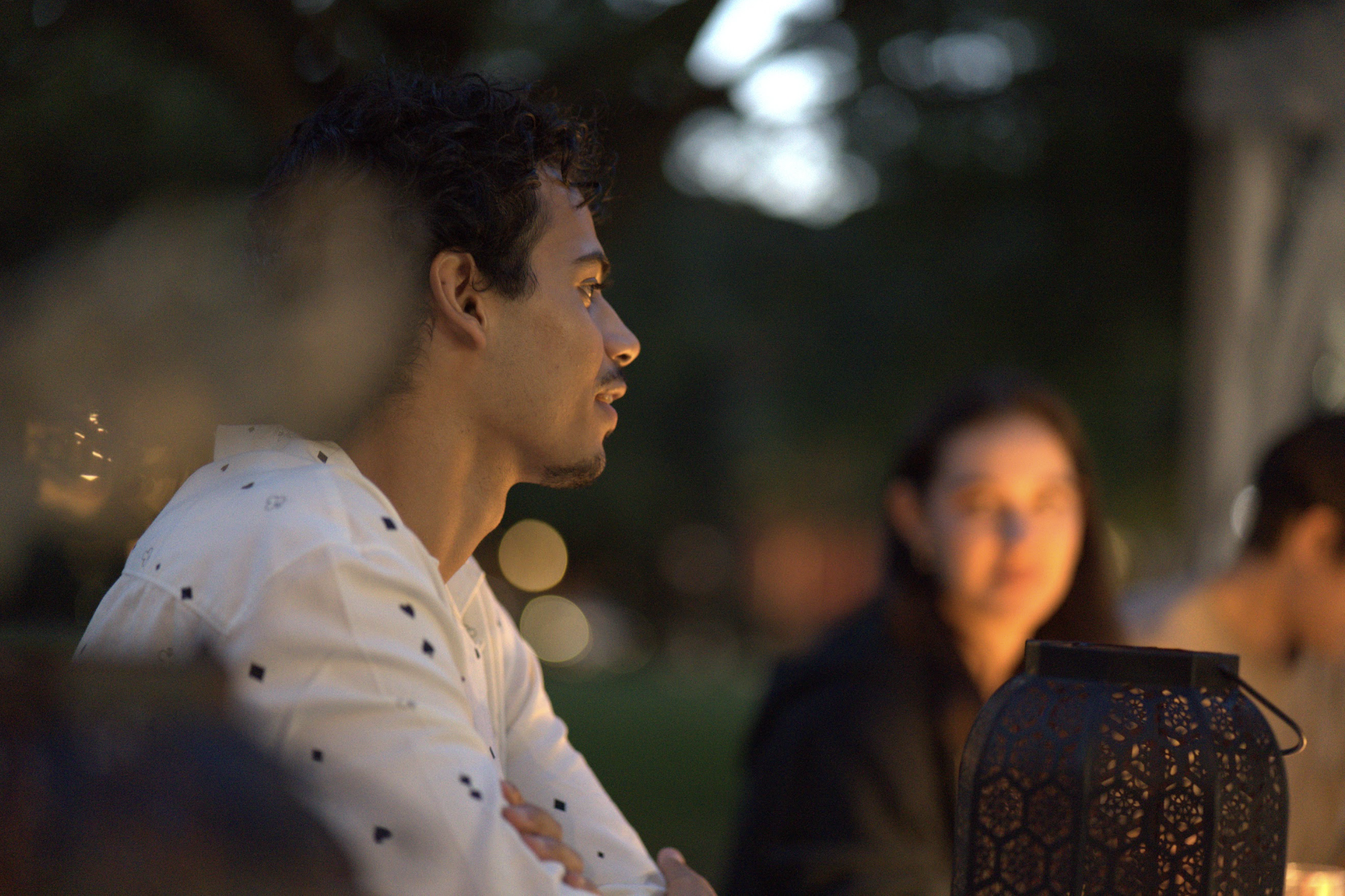
Food, alone, isn’t enough to foster community, says Bahidrah. He also knows that you need a gathering space. That’s where his architectural education comes in—he wants to be able to build spaces where people can come to form community and share a meal.
“Learning that every space you enter is designed in some way was the initial spark for my decision to study architecture,” he said. “As I’ve grown and matured in the program, I’ve found that culture and comfortability are the components that make a space meaningful to people.”
A New Community
Bahidrah grew up between Saudi Arabia and Michigan, spending most of his time in Michigan while still returning to Saudi Arabia every summer with his family. Applying to a school in Brooklyn was a leap—it would be his first time living in such a fast-paced, urban environment. But he settled in quickly, exploring the Fort Greene neighborhood, going for runs, and trying out local food places.
“I love Brooklyn,” he said. “This area is a great middle ground for living in a city. You’re kind of living in a neighborhood, and everywhere is a one-way street. It’s a much slower pace than Manhattan.”
Beyond his surroundings, joining the tennis team also helped him find a sense of belonging.
“I played four years of high school tennis, and I was interested in continuing in college, but I wanted to see how demanding architecture would be first,” he said. “When my first spring semester rolled around, I reached out to Coach Inigo and tried out. Since March 2023, I’ve been playing on the men’s tennis team.”
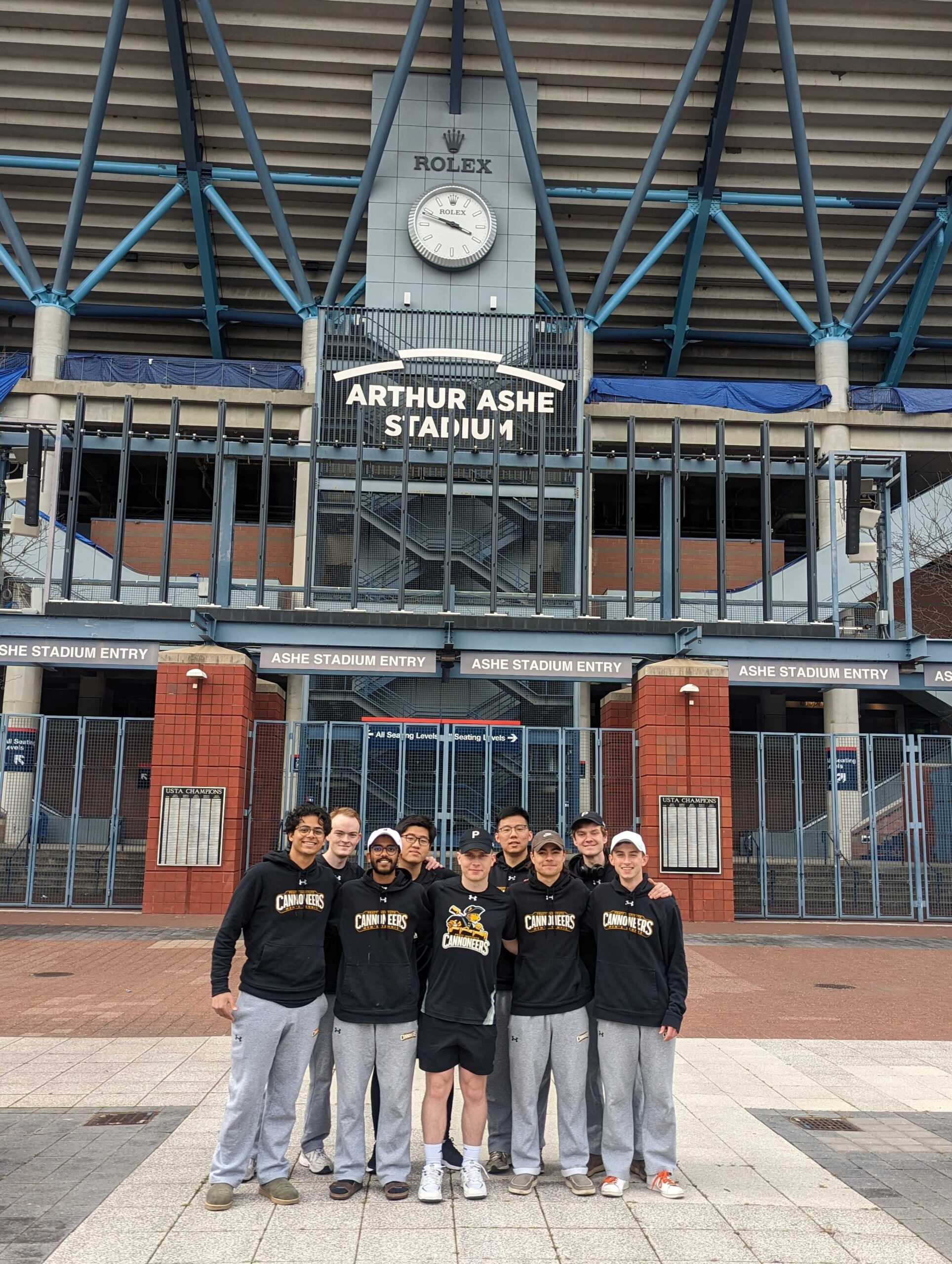
Learning New Skills
Student groups and athletics helped Bahidrah establish a sense of community at Pratt, but his coursework has been influential. In his classes, he’s developed architectural skills like hand drafting, digital modeling, spatial analysis, and construction document preparation, while also getting better at communicating ideas.

He decided early on to minor in sustainability, and in his third-year architectural design studio, he had the opportunity to apply many of those concepts in a hands-on way.
In collaboration with his studio partner Jack Bowser, BArch ’27, he developed an idea for a fresh food market and community center constructed of cross-laminated timber, “a more sustainable building material than steel or concrete.”
“We also incorporated sustainable technologies like passive cooling, solar panels, a green roof, rainwater collection, a greenhouse, and geothermal energy,” he said.
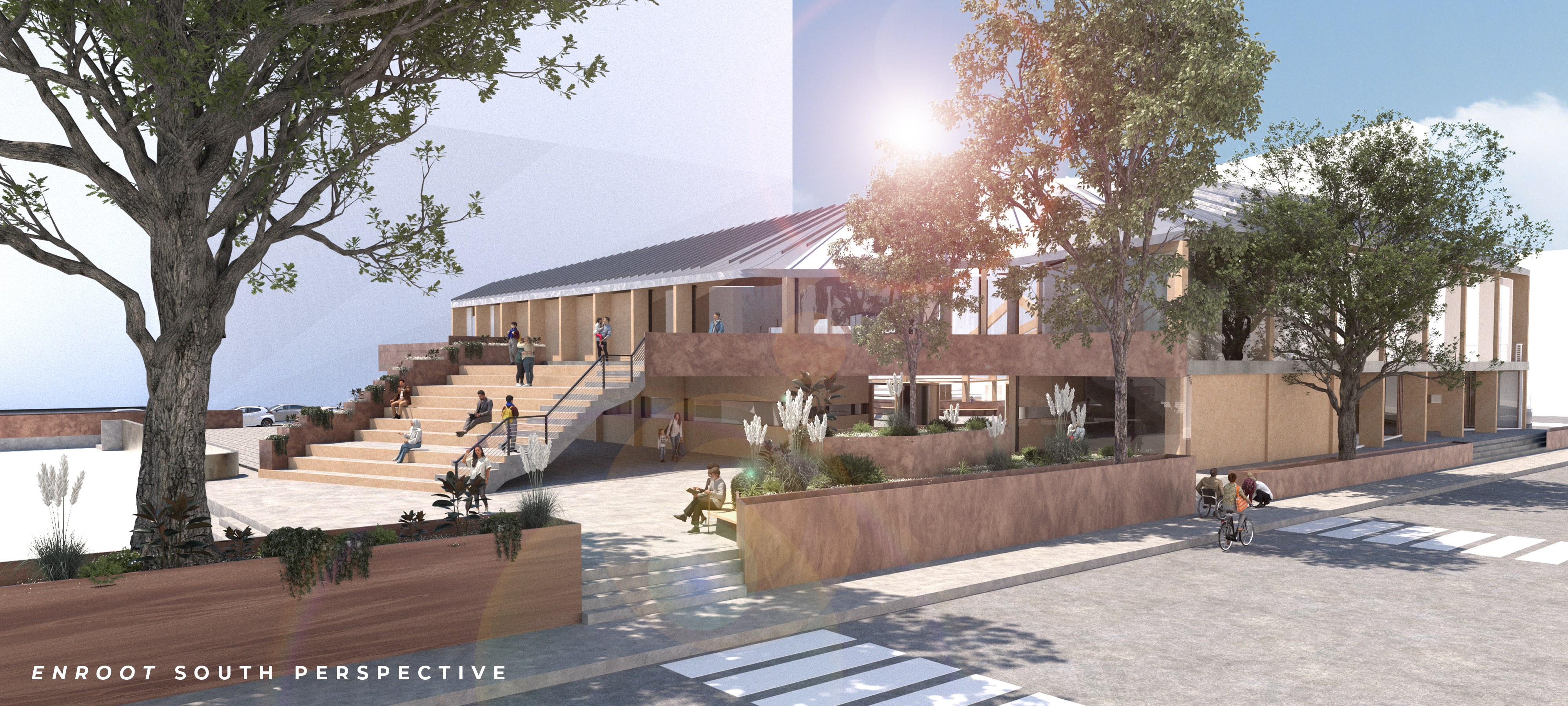
Bahidrah has also looked for design challenges that pushed him to think critically about space and identity. In the Summer of 2024, Bahidrah was selected to compete in the AIA New York and Center for Architecture’s “Recipe for a Room” design competition. Challenged to imagine an 8x8x8 shelter for displaced peoples that could fit within a suitcase, he chose the displaced Arab diaspora as his inspiration.
“I realized that I’m not just designing a shelter, I’m also designing a space that combines culture and heritage,” he said. “If people are displaced, they don’t want to find themselves in a space that’s uncomfortable and alienating.”

Bahidrah traveled back home to Saudi Arabia during Pratt’s winter break for an internship in architecture and engineering, where he was able to redesign the facade of a home under construction. The firm handed him the project documents and asked for a fresh approach.
Working with the existing plans, he used the 3D model on his computer to reimagine the facade. “I was trying to create something that really wowed the client while carrying my own design philosophy,” he said. The process required patience and persistence—it took 16 design iterations over the course of a month, going back and forth with feedback, but he gained valuable experience by creating and presenting detailed construction plans and renderings and, in the end, his efforts paid off.
Lasting Impressions
While architecture has been his main focus, Bahidrah has never let go of his passion for food. Last semester, he hosted a cooking class in which he prepared Saudi Arabian dishes and shared photographs he took of Medina and Alula’s architecture and environment.
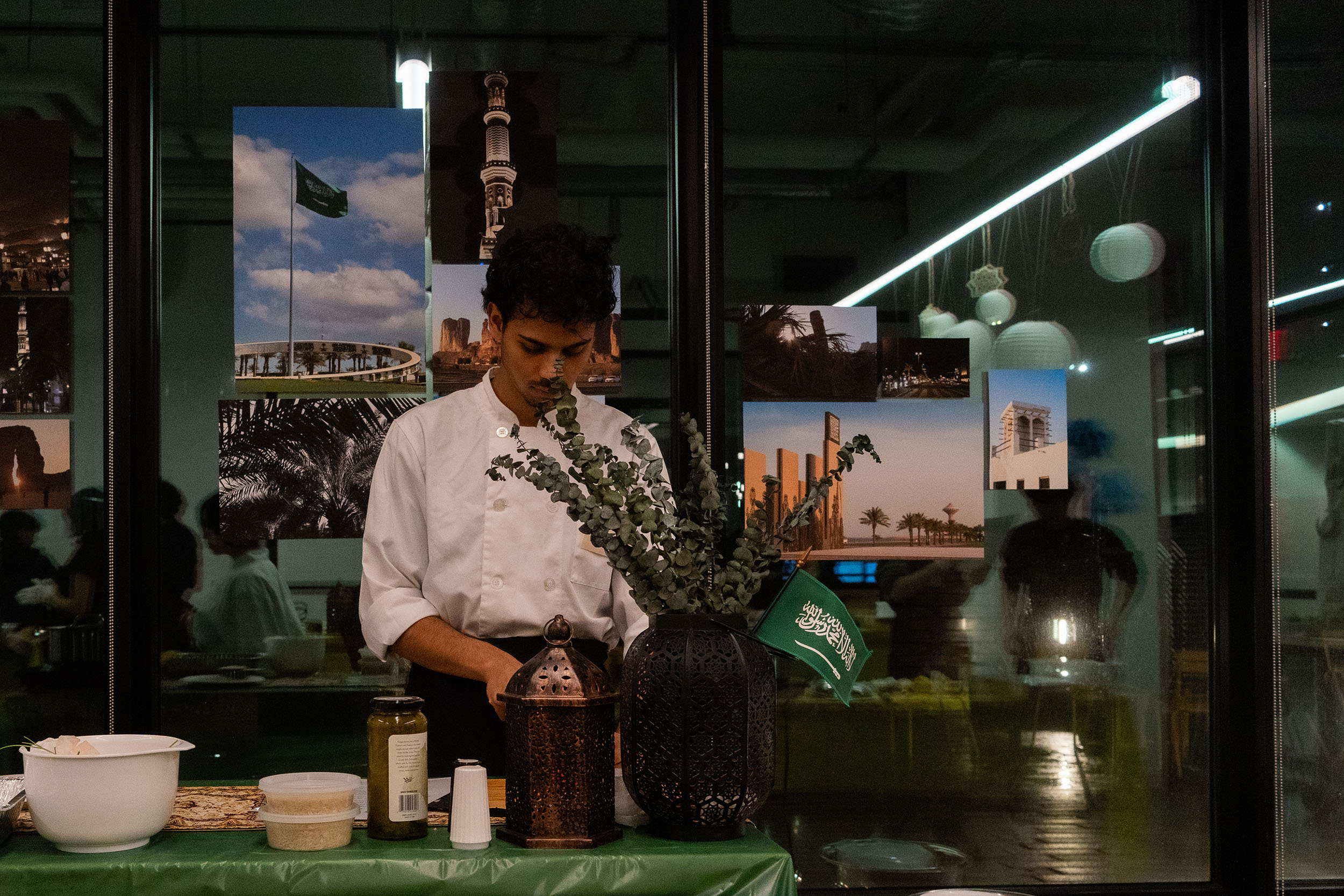
Community, food, architecture—Bahidrah has been able to combine these diverse interests in a magazine that he started on campus called Fig & Olive that focuses on Middle Eastern, North African, and Muslim creatives from around the world.
“I had started the idea of creating this magazine for fun and based the first issue on the Ramadan experience at Pratt,” he said. “I interviewed students about their experiences, I did some articles on the events we hosted. I wrote an explainer article on Ramadan and the significance behind the name Fig & Olive, drawing inspiration from Surah Al-Tin in the Quran. This chapter highlights figs and olives as symbols of human potential, reminding us of both our blessings and our responsibility to strive for goodness.”
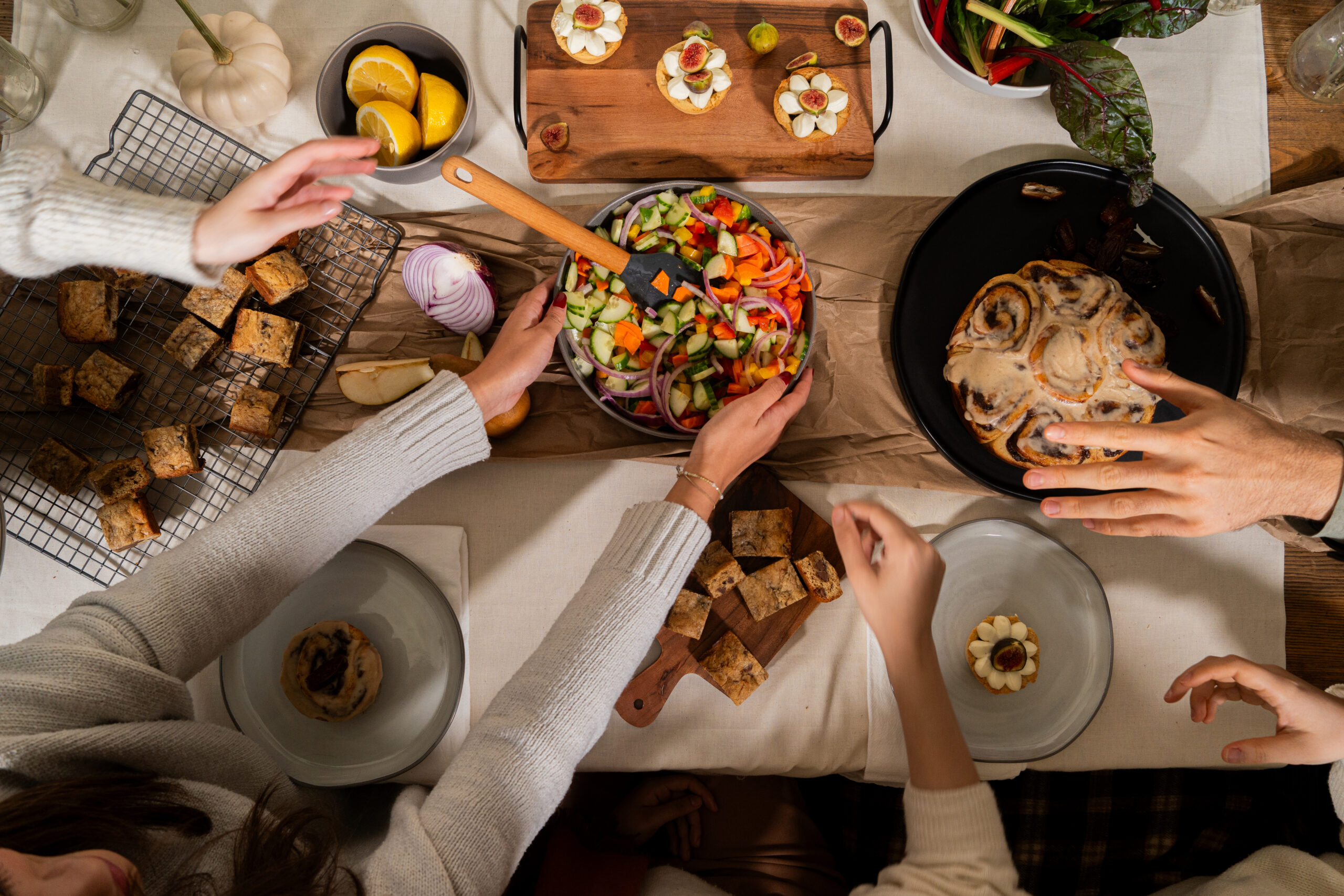
Fig & Olive has since published three issues. The second issue centered on food, tapping Bahidrah’s expertise and featuring recipes from chefs around the world, and the third explored fashion. The next two issues will look at fine arts and architecture.
Bahidrah hopes to continue blending his passions for design, culture, and community. Whether through architecture, food, or storytelling, his goal remains the same: to create spaces—both physical and creative—where people feel a sense of belonging. As he looks ahead, he hopes to bring this vision to life not just at Pratt, but in communities around the world.
